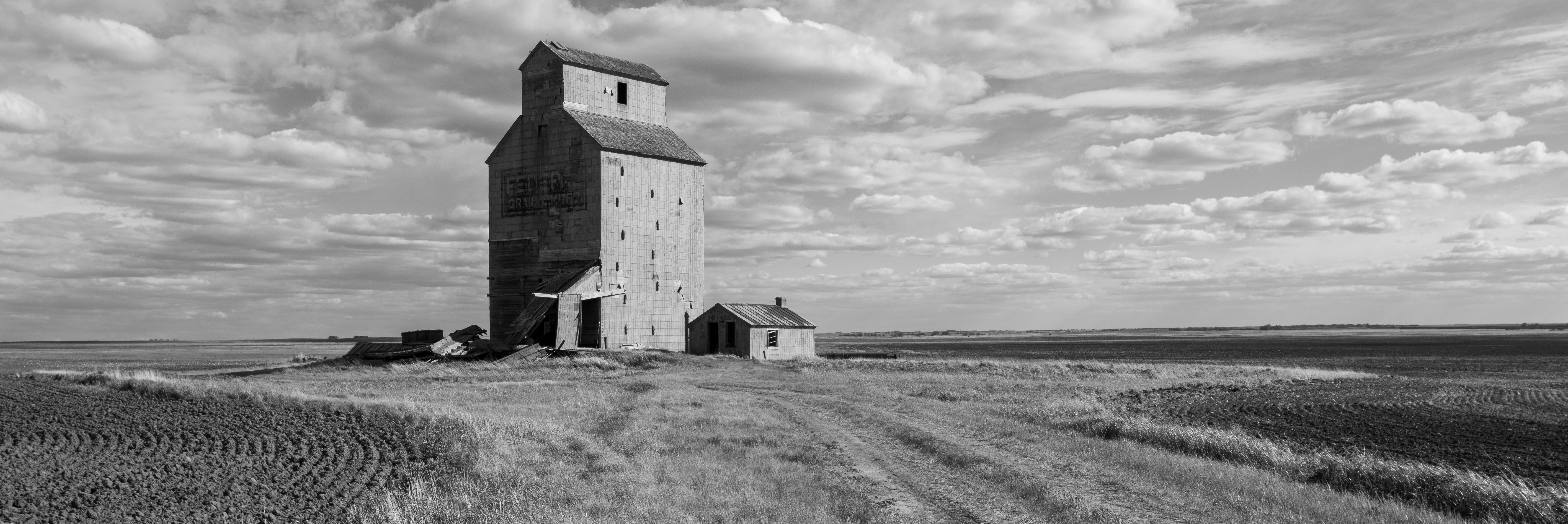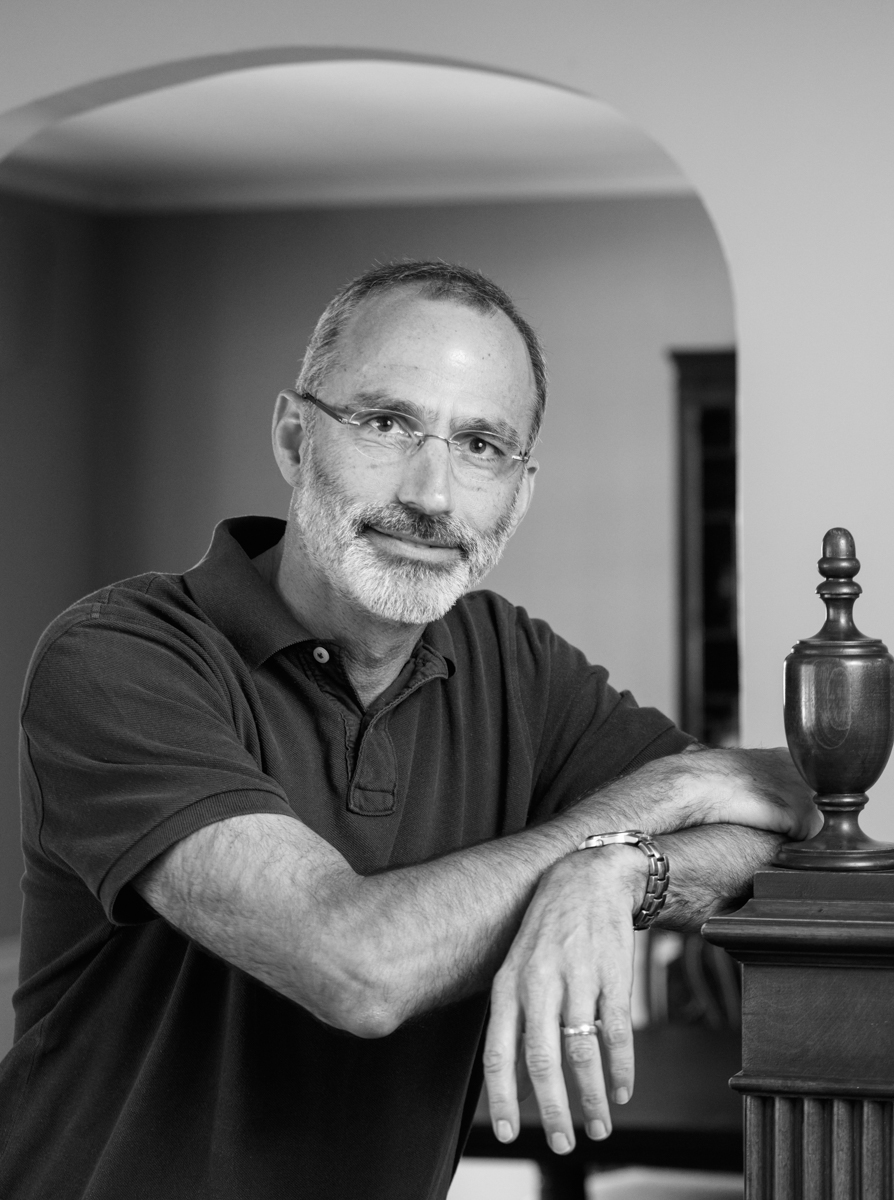On the Canadian prairie in southern Saskatchewan and Alberta, one is acutely aware of three basic elements—land, wind and sky—for often, that is all there is. In June of 2019 I spent three weeks photographing in this vast prairie region. Similar to the Midwestern prairie, the land was sometimes flat, but frequently comprised of rolling hills, and there was often a strong, steady wind. I experienced expansive open space, a stillness that induced a reassuring sense of solitude, and an enormous sky filled most of the time with a dramatic array of cloud formations ranging from towering cumulonimbus to delicate cirrus clouds.
The landscape served as backdrop to the aging, largely abandoned buildings I was there to photograph. I was not disappointed with what I found: churches, schoolhouses, farmhouses, grain elevators, fences and other structures. Unlike similar subjects I’ve encountered on the prairie in Montana and North Dakota, the buildings in Saskatchewan and Alberta were usually free of graffiti or other signs of vandalism. I don’t know the reason for this, but I suspect it has more to do with respect for the history of these places than their remoteness, although that may well explain some of the difference.
Upon arriving in Saskatchewan, I spent five days based in the small town of Assiniboia. (population 2,400) I easily found a nice motel; there was an art gallery, a phone store where I was able to address my smartphone and other technology issues and ample restaurants from which to choose. But once I left town each morning in search of my subjects, I quickly felt the vast openness of the prairie, through which I could drive for hours and only occasionally encounter small towns that were little more than hiccups on the landscape. I was reminded constantly how small and insignificant the human imprint on this land actually is.
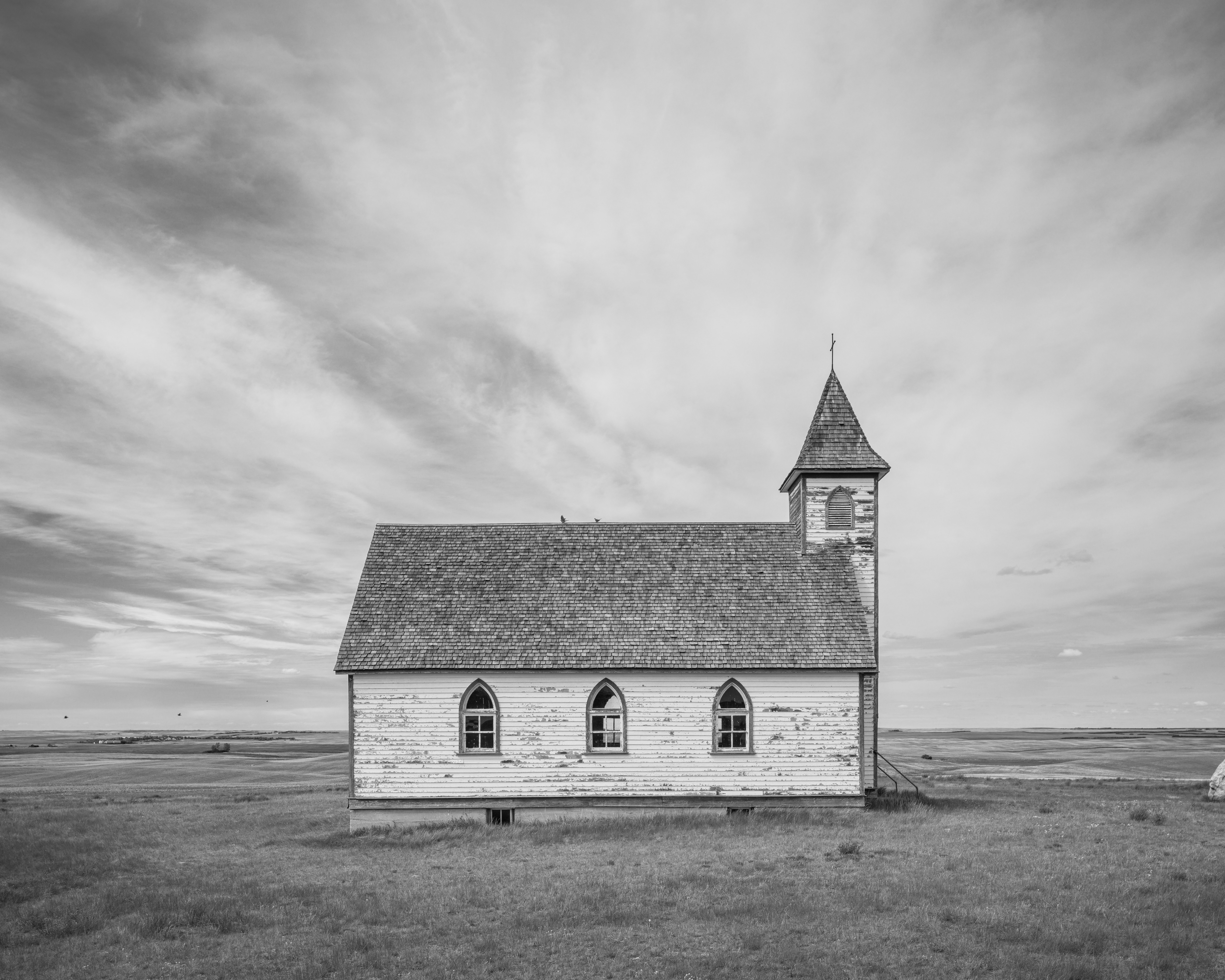
Weathered Lutheran church, Saskatchewan
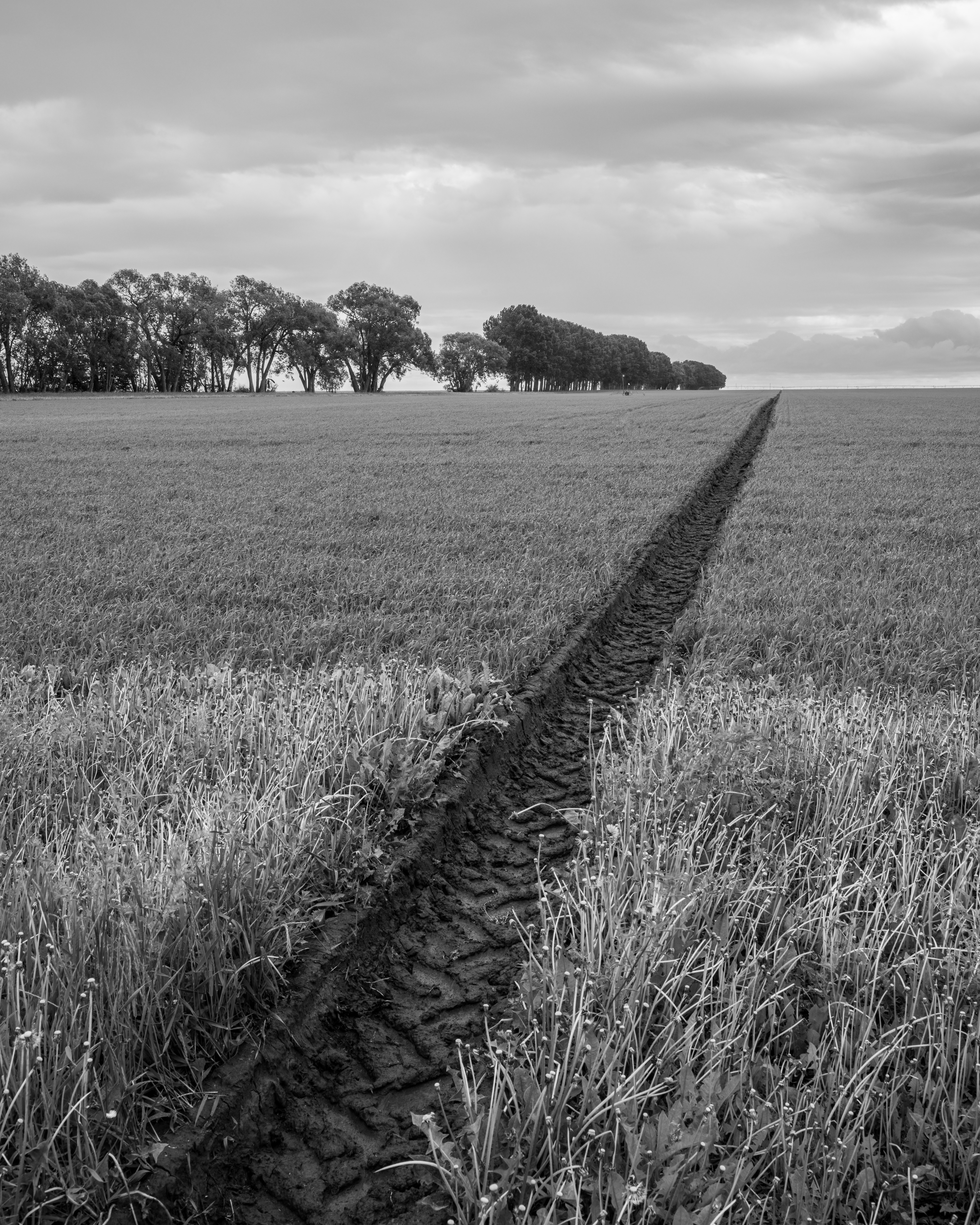
Center-pivot track, Alberta
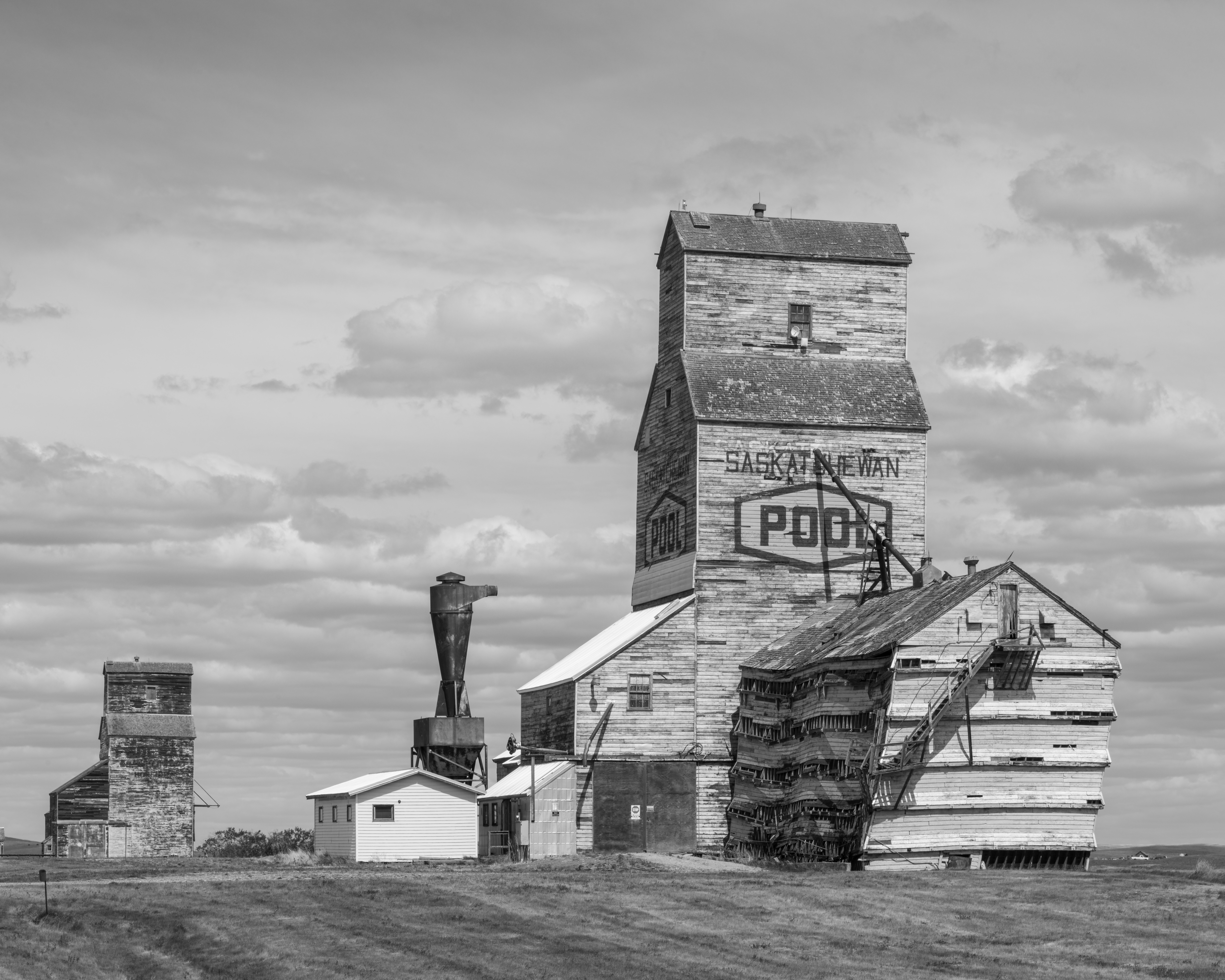
Crumbling grain elevators, Saskatchewan
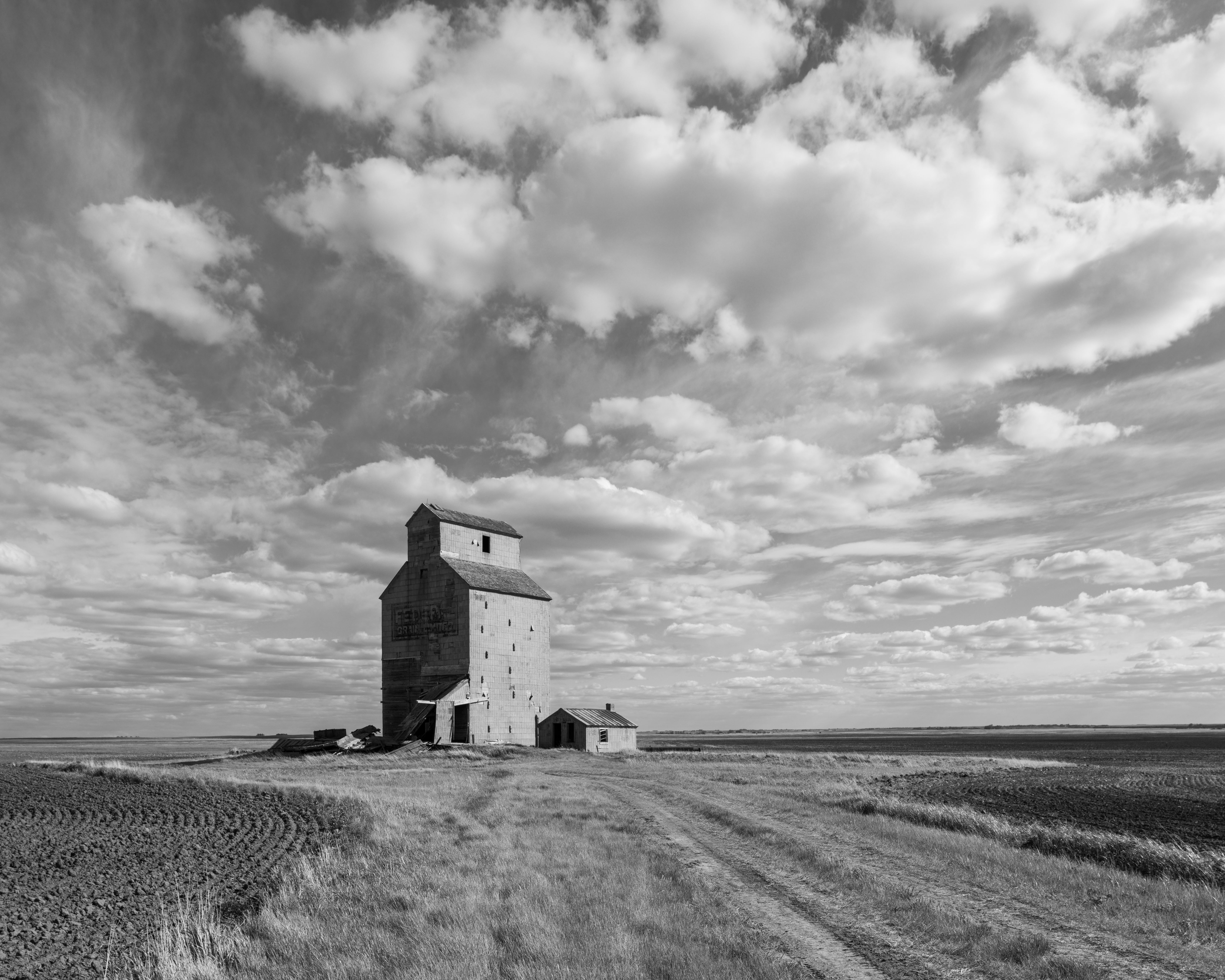
Grain elevator and cloudscape, Saskatchewan
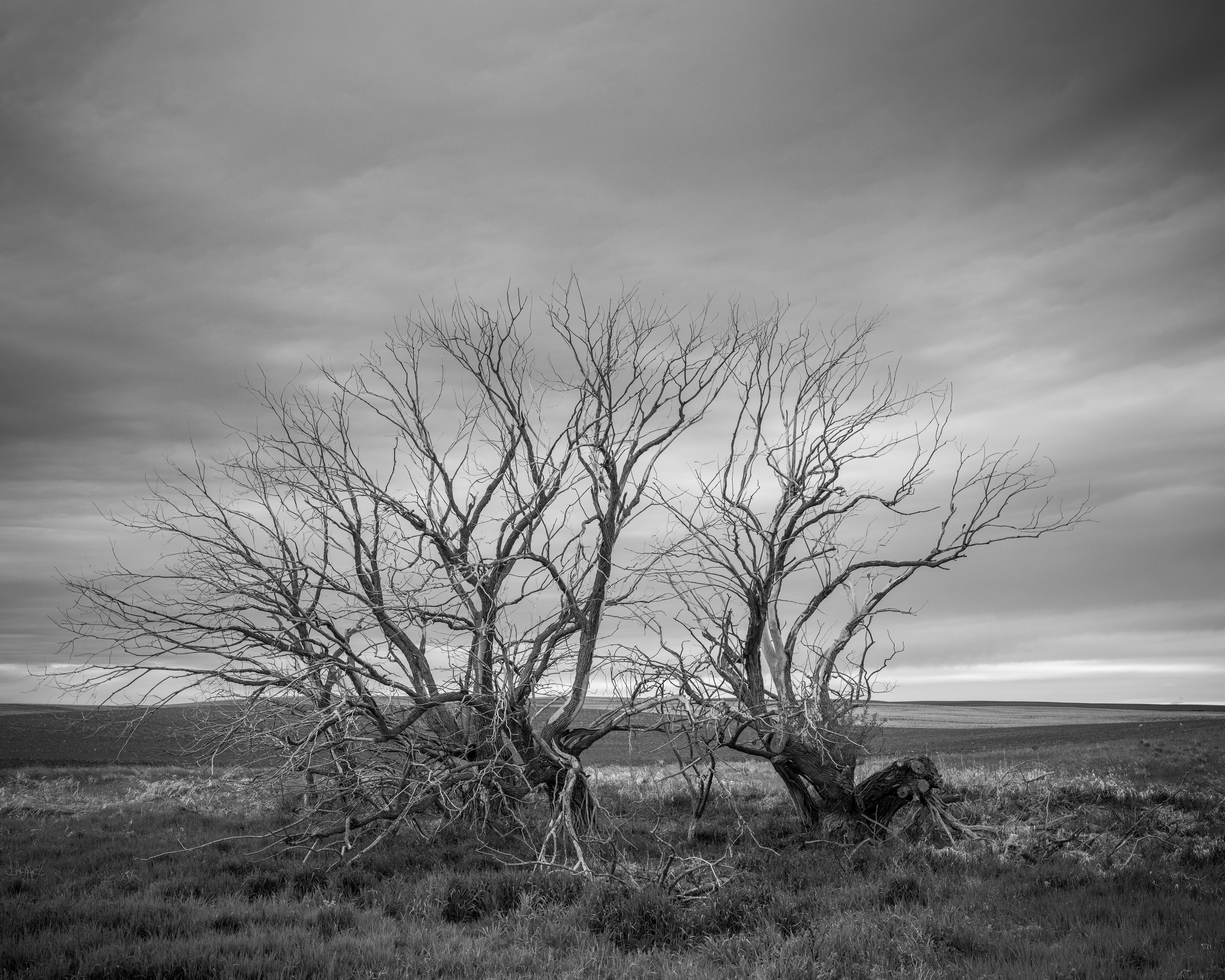
Gnarled trees, Saskatchewan

Baseball diamond, Saskatchewan
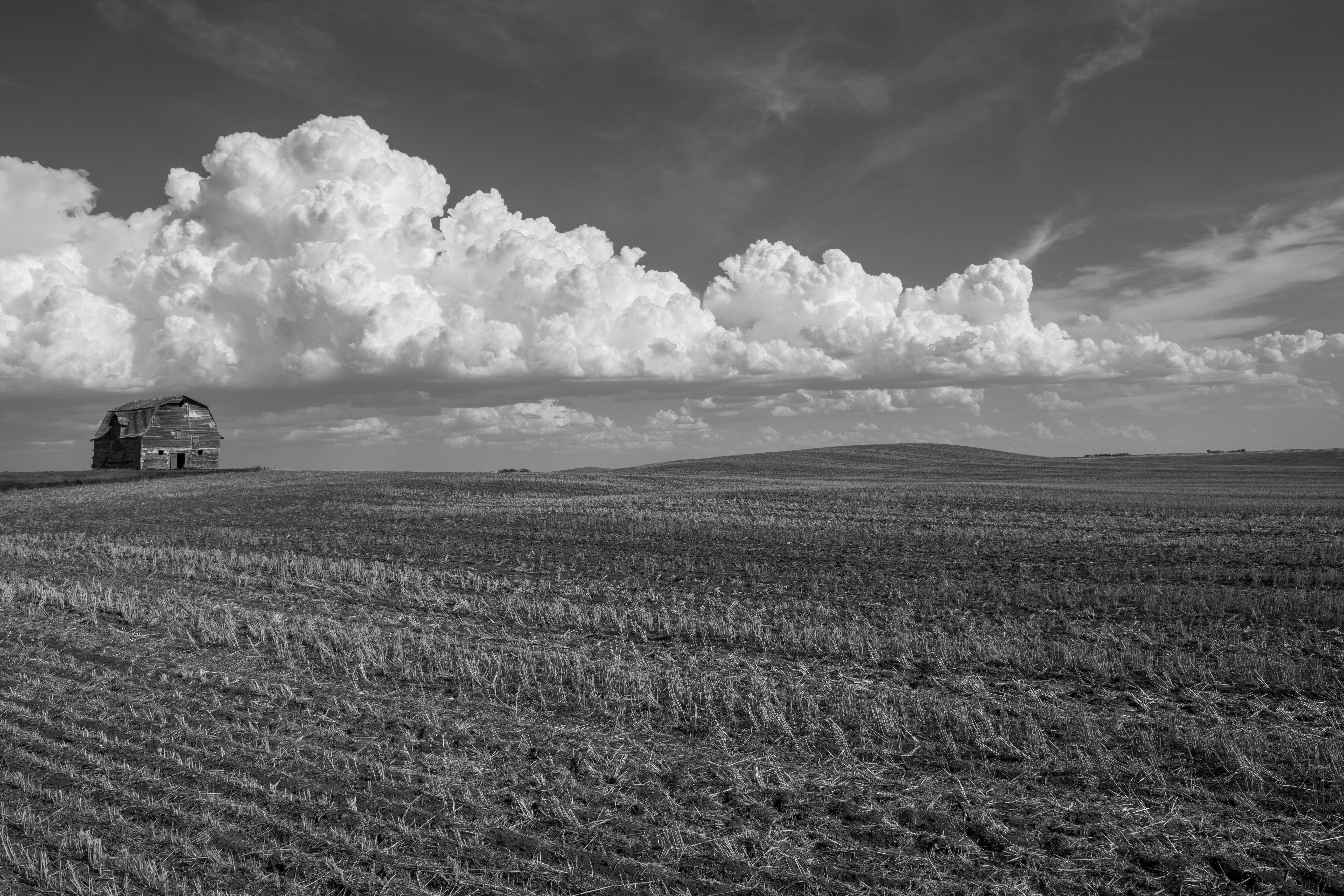
Barn and cumulus clouds, Saskatchewan

Abandoned school with an approaching storm, Saskatchewan
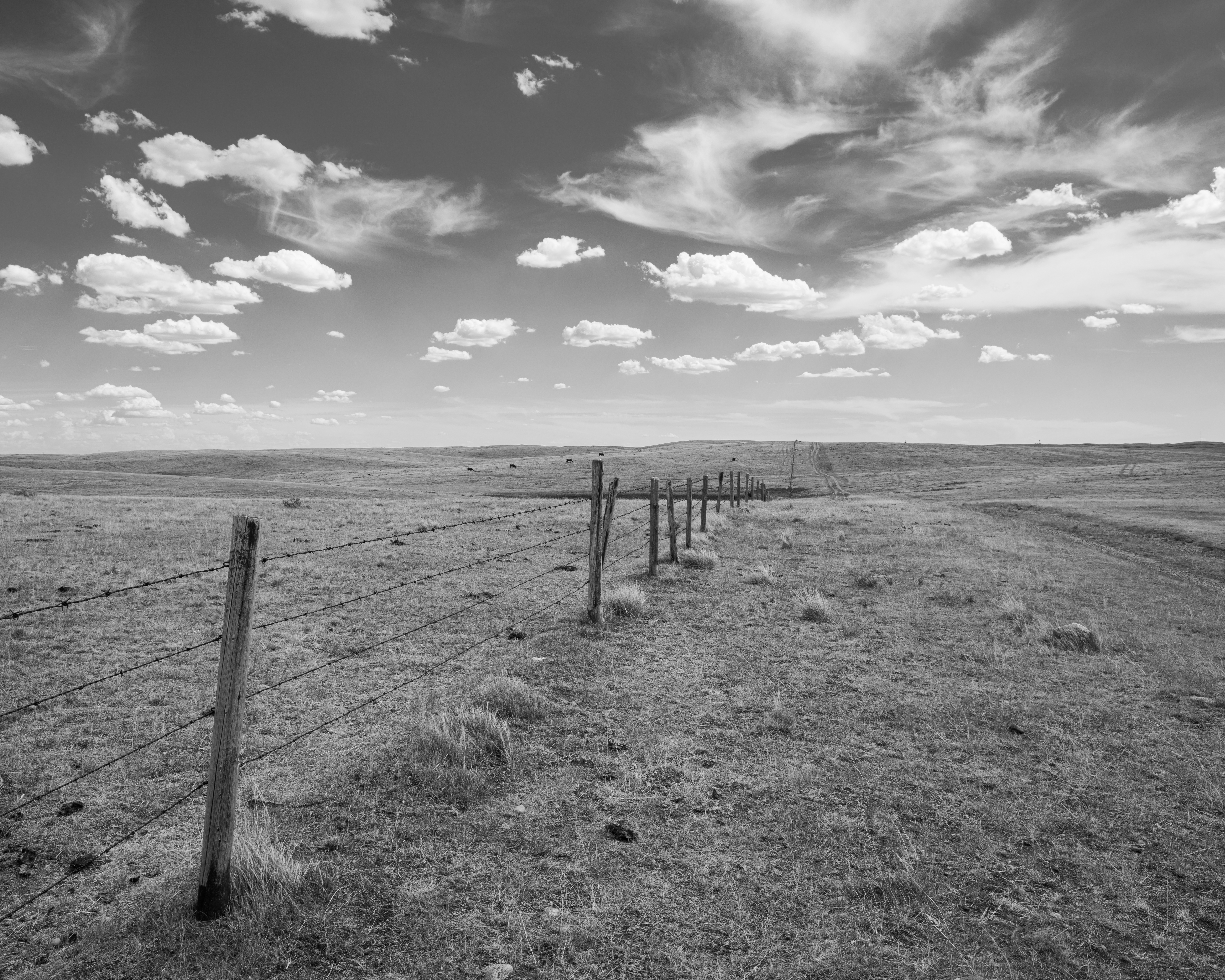
Fenceline, Alberta
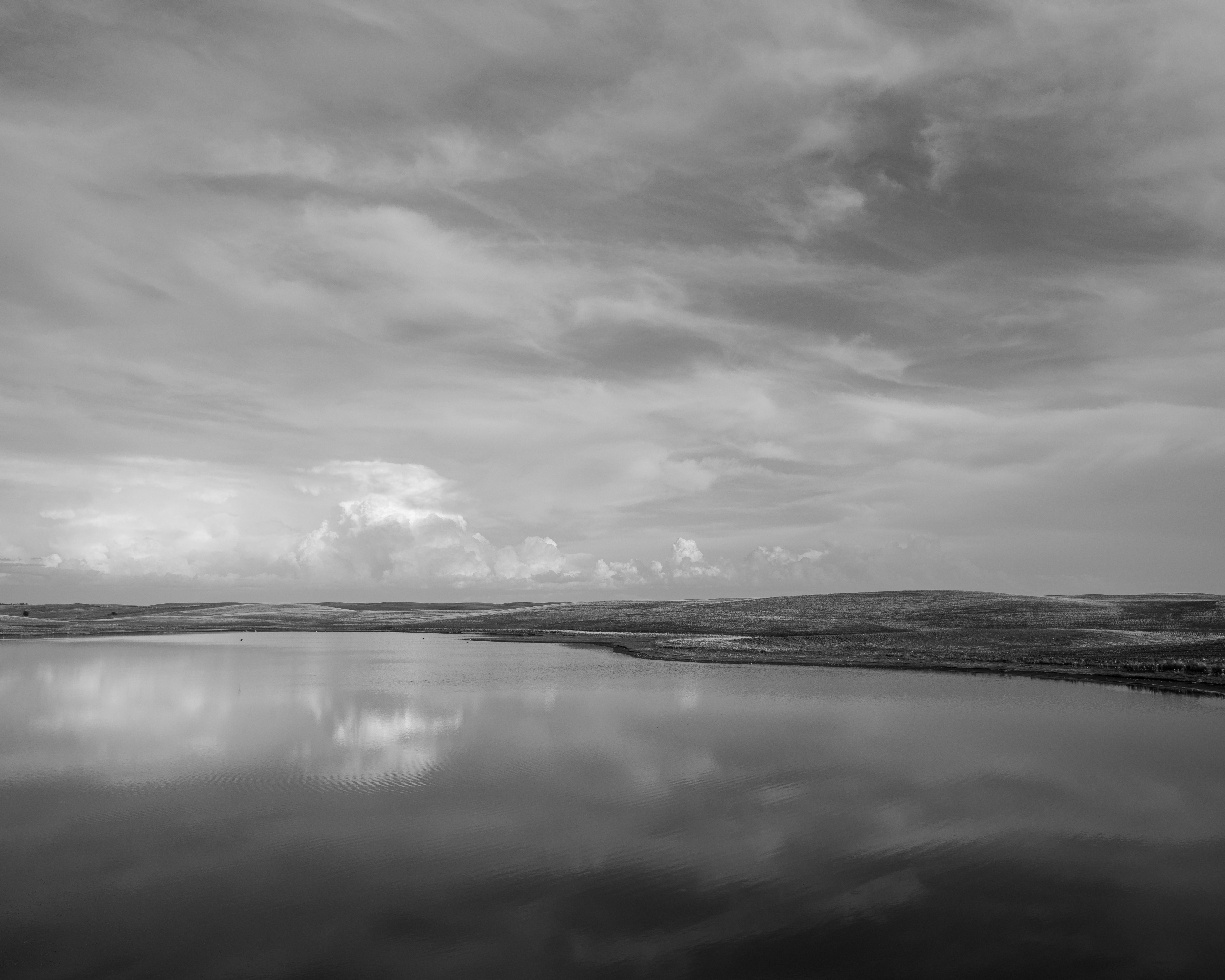
Prairie Lake, Saskatchewan
Whether I’m photographing in remote farmland, a forested national park, or a small town, I consider myself an observer of the landscape—the natural, the built and the somewhere in between. I think about all three in the same way. I’m not partial to one over the other. My observations, and the images which record them, reflect my curiosity about the landscape. Why does it look the way it does? What has shaped it? How do light and happenstance allow us to read, interpret and attempt to comprehend it? Sometimes, my photographs depict an inhabited landscape, often not. Either way, the pictures are about how we and the landscape interact.
My photographs address the human imprint on the land. In subtle, fading tire ruts traced through the desert, or the sprawl of urban development on the plains stretching out from distant mountains, or the decomposing frame of a farmhouse on the edge of a cornfield on rolling hills in Iowa. In some of my recent work, I’ve been looking at small towns struggling to sustain themselves, sometimes holding their own against forces that are shifting the balance between thriving urban centers and small rural communities, and sometimes failing to remain viable.
My intent is not to judge—neither to condemn nor to celebrate—but to point out, to say, “take a look at this.” I hope to impart to the viewer a sense of what I felt and experienced when I first encountered my subject.
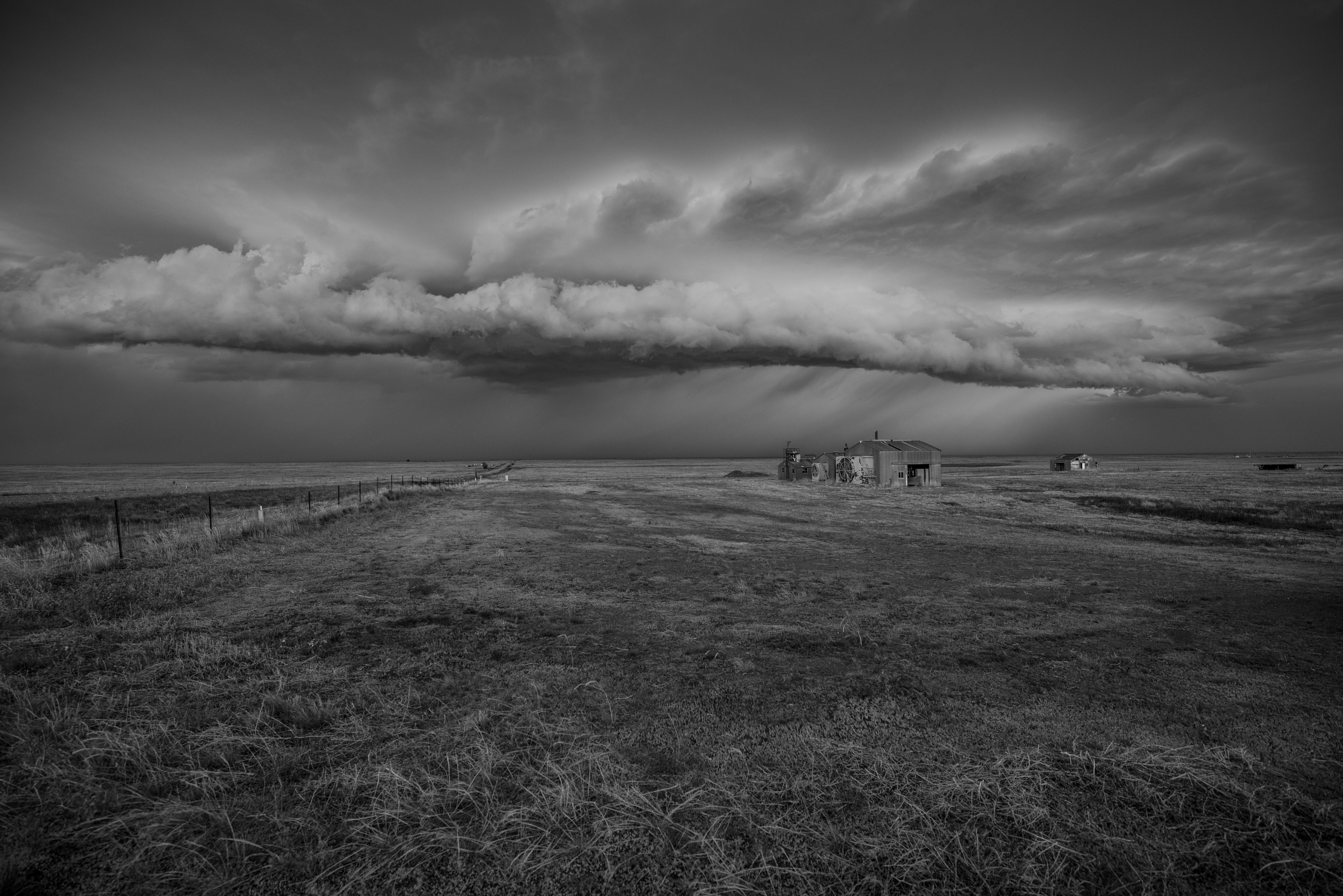
A storm in Alberta
